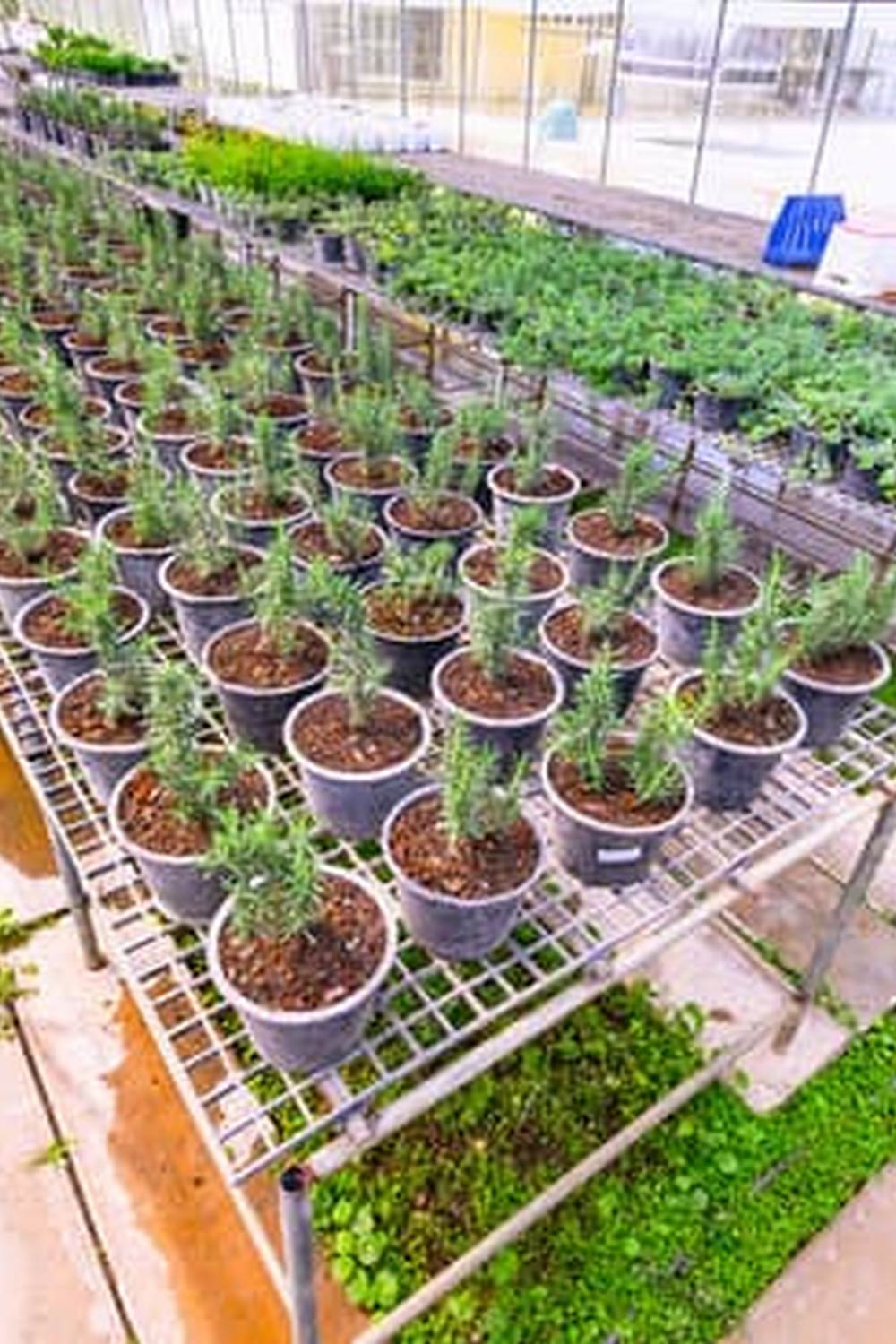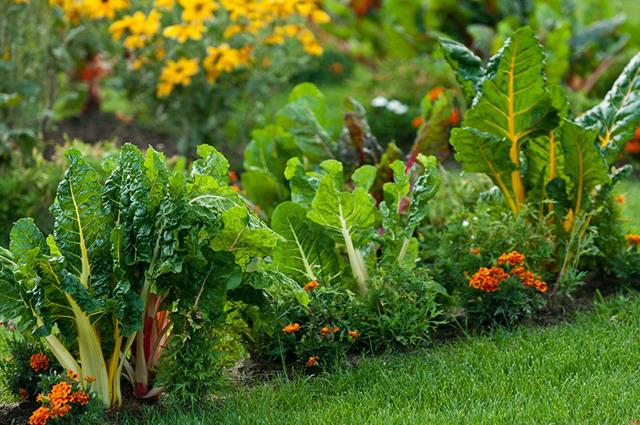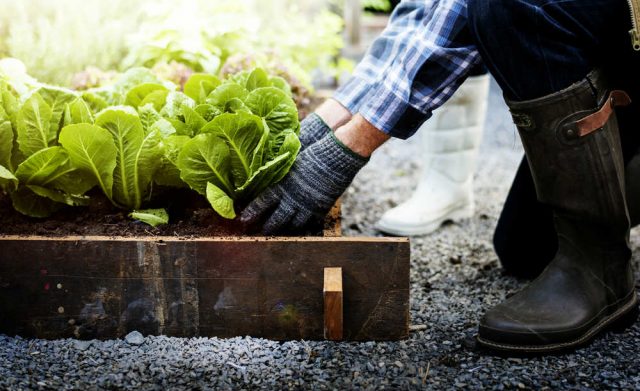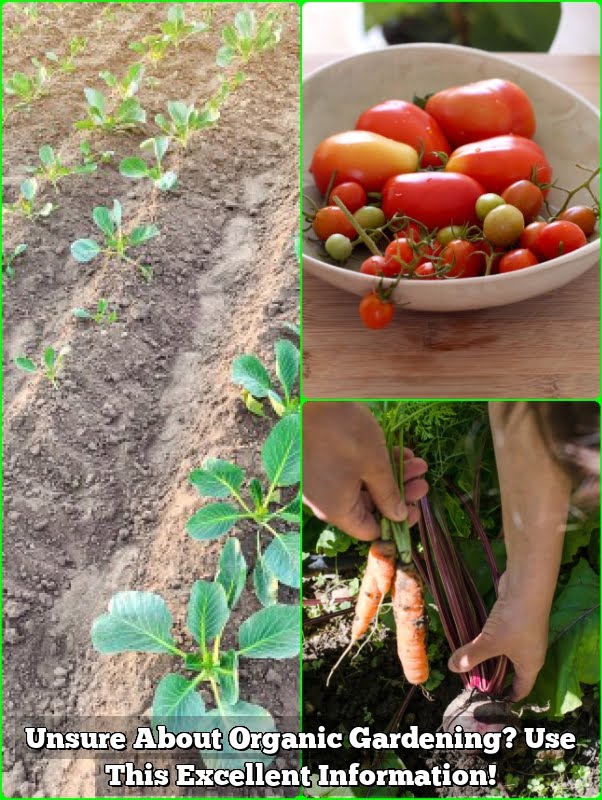Container gardening for vegetables has become increasingly popular among urban gardeners, offering a convenient and practical way to grow fresh produce in constrained spaces. This method provides an opportunity for individuals with limited outdoor areas to experience the joy of cultivating their own fruits and vegetables. In this article, we will explore the benefits of container gardening for vegetables and why it has gained recognition as a viable option for urban dwellers looking to create their own mini-garden oasis.
One of the key advantages of container gardening is its versatility and accessibility. It allows individuals to personalize their growing space according to their preferences and available resources. Furthermore, the ability to move containers to different locations based on sunlight exposure or weather conditions makes it a flexible option for those with fluctuating environmental variables. With the right knowledge and tools, container gardening can provide a bountiful harvest of fresh, homegrown produce throughout the growing season.
Urban gardeners often face limited yard space or unfavorable soil conditions that may hinder traditional gardening practices. Container gardening offers a solution by eliminating these barriers and providing a platform for anyone to cultivate vegetables successfully. The convenience of having a portable garden allows individuals to experiment with different plant varieties, soil mixes, and fertilizer strategies without committing to a fixed location.
As we delve deeper into this article, we will explore the important aspects of container vegetable gardening, including selecting the right containers, choosing suitable vegetables, soil essentials, watering techniques, sunlight requirements, pest control measures, harvesting tips, and storage solutions. Let’s embark on this journey together to discover the wonders of growing your own vegetables in containers.
Choosing the Right Containers
Container gardening for vegetables has gained immense popularity among urban gardeners due to its versatility and convenience. It allows individuals with limited outdoor space to grow their own fresh produce right at home. By carefully selecting the right containers, aspiring vegetable gardeners can create a thriving garden full of lush greens and vibrant fruits.
When it comes to choosing containers for vegetable gardening, there are several options available. Some popular choices include clay pots, plastic containers, wooden boxes, and fabric bags. Each type of container has its own set of advantages and considerations. Here are some factors to keep in mind when selecting the best containers for your vegetable garden:
- Size: Ensure that the selected containers have enough depth and width to accommodate the root systems of your chosen vegetables.
- Material: Consider the durability of the container material and how well it retains moisture.
- Drainage: Proper drainage is essential for preventing waterlogged soil, so opt for containers with drainage holes at the bottom.
By taking these factors into account, you can set yourself up for success in your container gardening endeavors. With the right containers in place, you can create a thriving vegetable garden in even the smallest of spaces. Remember to also consider the aesthetics of the containers, as they can add a touch of beauty to your outdoor or indoor living space.
In summary, choosing the right containers is a crucial step in setting up a successful container vegetable garden. By selecting containers that meet the needs of your chosen vegetables and environment, you can create an optimal growing space for a variety of crops. Whether you opt for traditional pots or innovative self-watering systems, investing time in selecting the right containers will ultimately lead to bountiful harvests of home-grown vegetables throughout the season.
Selecting the Best Vegetables for Container Gardening
When it comes to choosing the best vegetables for container gardening, there are several factors to consider. One of the most important things to keep in mind is the available space and sunlight in your gardening area. Some vegetables require more space to grow and might not be suitable for smaller containers. Additionally, sunlight is crucial for the growth and development of plants, so make sure you select vegetables that match the amount of sunlight your containers receive.
Vegetables That Thrive in Containers
Certain vegetables are well-suited for container gardening due to their compact growth habits and adaptability. For example, cherry tomatoes, peppers, lettuce, radishes, and herbs like basil and parsley are ideal choices for growing in containers. These plants do not require a lot of space to spread out their roots and can flourish in confined spaces such as pots or hanging baskets.
Tips for Choosing the Right Vegetables
In addition to considering space and sunlight requirements, it’s essential to choose vegetables that you enjoy eating. This way, you’ll be motivated to care for your container garden regularly and look forward to harvesting fresh produce.
If you have limited space but still want a variety of vegetables, consider mixing different plant types in one large container or setting up a vertical garden with multiple tiers of planters. By selecting a diverse range of veggies with varying growth habits, you can create an interesting and bountiful container garden.
Overall, when selecting vegetables for container gardening, remember to choose plants that suit your available space, sunlight exposure, and personal preferences. With some careful planning and attention to detail, you can enjoy a successful harvest of fresh homegrown produce right from your own patio or balcony. So get started on your container vegetable garden today.
Soil and Fertilizer Essentials
Soil is a crucial component in successful container gardening for vegetables. Using high-quality potting mix is essential to provide the necessary nutrients and support for your plants to thrive. When selecting a potting mix, opt for varieties specifically formulated for vegetables to ensure they have the right balance of nutrients.
Avoid using garden soil, as it may compact in containers and hinder root growth. Additionally, make sure the potting mix has good drainage to prevent waterlogged roots, which can lead to rot.
In addition to quality soil, fertilizing your container-grown vegetables properly is essential for their growth and productivity. Vegetables are heavy feeders and will benefit from regular fertilization throughout the growing season. Consider using organic fertilizers or slow-release fertilizers that provide a steady supply of nutrients over time. Follow the manufacturer’s instructions on application rates to avoid over-fertilizing, which can damage your plants.
To maintain healthy container vegetables, monitor their growth and adjust your fertilizer regimen as needed. Start with a balanced fertilizer when planting your vegetables, then switch to a formulation higher in potassium when fruits start to develop. Remember that container-grown plants may require more frequent fertilization than those grown in the ground due to leaching of nutrients from frequent watering. By providing the right soil and nutrients, you will set your container vegetables up for success and bountiful harvests.
Watering and Maintenance
Container gardening for vegetables requires proper watering and maintenance to ensure the health and productivity of your plants. Here are some essential tips to help you keep your container garden thriving:
- Watering frequency: Ensure that your containers have proper drainage holes to prevent waterlogging. Water the plants when the top inch of soil feels dry to the touch, typically every 1-2 days depending on the weather and plant needs.
- Deep watering technique: When watering, make sure to soak the soil thoroughly until water runs out of the drainage holes at the bottom of the container. This helps promote healthy root growth.
- Monitor plant moisture: Keep an eye on your plants for signs of overwatering (wilting or yellowing leaves) or underwatering (dry, crispy leaves). Adjust your watering schedule accordingly.
In addition to proper watering, regular maintenance is crucial for ensuring the success of your container vegetable garden. Here are some maintenance tips to keep in mind:
- Pruning and harvesting: Regularly prune off dead or yellowing leaves to promote air circulation and prevent diseases. Harvest mature vegetables promptly to encourage continuous production.
- Weeding: Keep an eye out for weeds in your containers as they compete with your vegetables for nutrients and space. Remove any weeds as soon as you spot them.
- Fertilizing: Container-grown vegetables require regular fertilization since nutrients can leach out of the containers more quickly than in-ground gardens. Use a balanced fertilizer according to package instructions.
By following these watering and maintenance tips, you can enjoy a bountiful harvest from your container vegetable garden while ensuring that your plants remain healthy and vibrant throughout the growing season.
Sunlight Requirements
Understanding the sunlight needs of different vegetable plants is crucial for successful container gardening. Most vegetables require at least 6-8 hours of full sun to thrive and produce a bountiful harvest. Leafy greens like lettuce and spinach can tolerate partial shade but still need some direct sunlight daily. On the other hand, fruiting vegetables such as tomatoes, peppers, and cucumbers require full sun to develop properly.
To maximize sunlight exposure for your container vegetables, place your pots in a location where they will receive the most sunlight throughout the day. South-facing balconies or windowsills are ideal for ensuring that your plants get adequate sun exposure. If you have limited space, consider using plant stands or adjustable shelving to elevate your containers and position them closer to the sunlight.
In addition to positioning your containers correctly, it’s essential to rotate them regularly to ensure even sun exposure on all sides of the plants. This practice helps prevent uneven growth and ensures that each plant receives sufficient light for photosynthesis. By paying attention to the sunlight requirements of your vegetable plants and optimizing their exposure, you can set them up for success in your container garden.
| Sunlight Needs | Vegetable Plants |
|---|---|
| 6-8 hours of full sun | Tomatoes, peppers, cucumbers |
| Partial shade | Lettuce, spinach |
Pests and Diseases Control
Common Pests and Diseases of Container-Grown Vegetables
Container gardening for vegetables comes with its own set of challenges, including dealing with common pests and diseases that can affect the health and productivity of your plants. Some of the most prevalent pests in container gardens include aphids, spider mites, and caterpillars. These tiny invaders can quickly infest your plants and cause significant damage if left untreated. On the disease front, fungi like powdery mildew and bacterial infections can take hold in the humid conditions found in containers.
Organic Pest Control Methods
When it comes to protecting your container-grown vegetables from pests and diseases, many gardeners prefer to use organic methods that are safe for both plants and the environment. One effective way to control pest populations is by introducing beneficial insects like ladybugs or lacewings that feed on common garden pests. Neem oil, insecticidal soap, and homemade garlic spray are also natural remedies that can help keep unwanted visitors at bay.
Preventing Disease Outbreaks
To prevent diseases from taking hold in your vegetable container garden, it’s essential to practice good sanitation measures. This includes regularly cleaning your containers, tools, and hands to minimize the spread of pathogens. Choosing disease-resistant vegetable varieties can also go a long way in preventing fungal or bacterial infections.
Proper plant spacing and adequate airflow around your containers can reduce humidity levels and discourage disease development. By staying vigilant and proactive in managing pests and diseases, you can ensure a thriving container garden full of healthy vegetables for harvest.
Harvesting and Storage
When it comes to container gardening for vegetables, knowing when and how to harvest your crops is essential. Harvesting at the right time ensures that you enjoy the best flavor and nutritional value from your homegrown produce. Different vegetables have specific signs that indicate they are ready to be harvested. For example, tomatoes should be picked when they are firm and fully colored, while leafy greens like lettuce can be harvested by cutting outer leaves as needed.
Proper storage techniques are equally important in prolonging the shelf life of your harvested vegetables. Storing them correctly helps maintain their freshness and flavor for an extended period. Some vegetables can be stored in the refrigerator, while others may require a cool, dark place like a root cellar or pantry. It’s crucial to avoid storing certain fruits and vegetables together as some emit ethylene gas, which can cause others to ripen or spoil more quickly.
In addition to traditional storage methods, some vegetables can also be preserved through freezing, drying, or canning. Freezing is a convenient way to preserve excess produce for future use, while drying herbs or hot peppers allows you to enjoy them throughout the year. Canning is another option for preserving vegetables like tomatoes or cucumbers into sauces or pickles. By mastering harvesting and storage techniques, you can make the most out of your container garden’s bounty all year round.
| Harvesting and Storage Tips | Storage Advice |
|---|---|
| Harvest tomatoes when they are firm and fully colored | Store leafy greens in the refrigerator wrapped in a damp paper towel |
| Cut outer leaves of lettuce as needed for continuous harvest | Keep root vegetables like carrots in a cool, dark place away from sunlight |
| Preserve excess produce by freezing or canning | Avoid storing apples with other fruits as they release ethylene gas |
Conclusion
In conclusion, container gardening for vegetables offers numerous benefits for urban gardeners looking to grow their own produce in limited spaces. The ability to control soil quality, water usage, and sunlight exposure makes it a popular choice for those with small yards, balconies, or even just a sunny windowsill. By choosing the right containers, selecting suitable vegetables, and providing proper care and maintenance, anyone can enjoy a successful container vegetable garden.
When it comes to choosing the right vegetables for container gardening, it is essential to consider the available space and sunlight levels. Some popular choices include tomatoes, peppers, herbs, lettuce, and carrots. By understanding the specific needs of each vegetable plant and providing them with adequate nutrients through high-quality potting mix and proper fertilization, gardeners can ensure a bountiful harvest.
In the end, container gardening for vegetables is not only a rewarding hobby but also a sustainable way to provide fresh produce for yourself and your family. With proper attention to watering, sunlight exposure, pest control, and harvesting techniques, anyone can enjoy the flavors of homegrown vegetables throughout the growing season. So why wait? Start your own container vegetable garden today and reap the many rewards it has to offer.
Frequently Asked Questions
What Vegetables Grow Well Together in Containers?
When it comes to growing vegetables together in containers, it’s important to consider their individual requirements. For example, tomatoes, basil, and peppers are good companions as they have similar sunlight and water needs. Carrots and radishes also work well together since they have different root depths.
What Vegetables Are Good for Container Gardening?
Vegetables that thrive in container gardening include tomatoes, peppers, lettuce, spinach, kale, beans, peas, and herbs like basil or cilantro. These plants don’t require a lot of space to grow and can adapt well to being grown in containers with the right soil and care.
How Deep Should a Container Vegetable Garden Be?
The depth of a container for a vegetable garden depends on the type of vegetable being grown. Generally, most vegetables need at least 6-12 inches of soil depth for proper root growth.
However, larger plants like tomatoes or peppers may require deeper containers of around 18 inches to allow their roots to spread out effectively. It’s essential to research the specific needs of each vegetable before planting in a container garden to ensure they have enough space to grow healthy and strong.

If you’re looking to get into vegetable gardening, or are just looking for some tips on how to make your current garden better, then you’ve come to the right place! My name is Ethel and I have been gardening for years. In this blog, I’m going to share with you some of my best tips on how to create a successful vegetable garden.





